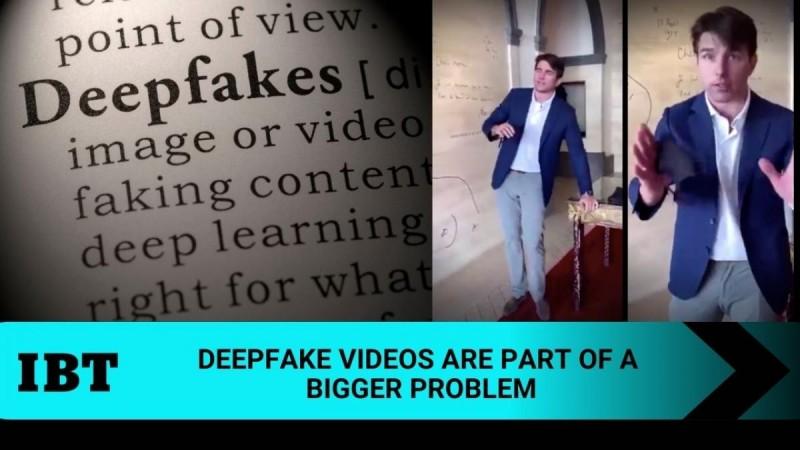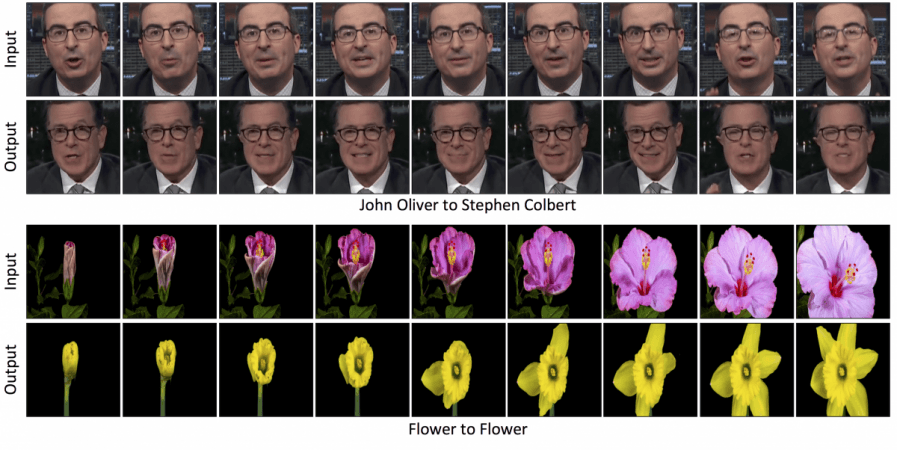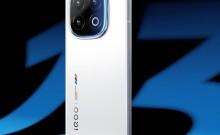TikTok might be banned in India, but it is still the rage internationally as millions of users get their daily dose of entertainment from the short-video platform. As new trends emerge every other day, Tom Cruise videos are the trend. But there's just one problem with those videos of Cruise golfing, tripping over and cracking jokes. It is not Cruise.
Deepfakes aren't entirely new and there have been several examples of such manipulated videos in the recent years. Someone with access to the right kind of software replace the faces of people in existing videos with the help of AI and machine learning. The end result is often shockingly real. But as days pass, the deepfake tech is becoming so advanced, it is hard to differentiate the real ones from fakes. That's exactly what happened with the viral Tom Cruise videos on TikTok.
Tom Cruise Deepfakes: A sign of a bigger problem

TikTok user "deeptomcruise" has been posting videos on the platform showing Cruise in unseemly circumstances. The person in the video is seen perfectly blending with the noted American actor, nailing down his voice and style to the T. In the videos, the Mission: Impossible actor can be seen golfing, talking about his podcast, tripping and telling a joke and even performing a magic trick with a coin.
The videos might seem real, at least as real as they can get. Some eagle-eyed viewers pointed out the errors.
See this video of Tom Cruise?
— Mckay Wrigley (@mckaywrigley) February 25, 2021
Well, it’s not Tom Cruise.
It’s AI generated synthetic media that portrays Tom Cruise onto a TikTok user using Deepfakes.
Seeing is no longer believing. pic.twitter.com/CRix0hD9OH
"Check the reflection of his face on the table when he gets up again, frame by frame, the algorithm struggles (just a tiny bit) with the reflective bar," said one viewer. Others pointed out that the height of the person in the video as opposed to that of Cruise is not the same and the minor shift in voice tone. But for one to know where to look, it is important for the video to be flagged as deepfake. Otherwise, viewers wouldn't know where to look and what to look for.
This particular user has mentioned the Cruise videos are a result of deepfake. In fact, it has gained the account much-needed popularity on the platform. It already has over 160,000 followers, a number which is only increasing.
The problematic factor
As the world battles fake news and doctored images on a daily basis, videos are something that people consider proof to back a claim. With deepfakes gaining momentum these days, the trust factor is going to become something of a rare commodity.
There have been videos of Barack Obama, Queen Elizebeth II and more just to raise awareness about deepfakes. Now, the technology hasn't bred into malicious behaviour, with people using only for entertainment purpose. But the risks are higher. Celebrities and influencers are an easy target to have their videos manipulated. Deepfake videos also have the potential to ignite violence by spreading communal-sensitive videos and can be a malicious tool in the hands of IT cells belonging to political groups.

"It's an arms race: someone is creating deepfakes, someone else is working on other technologies that can detect deepfakes," a Slovakian 3D artist was quoted as saying by The Daily Beast. "I don't really see it as the end of the world like most people do."
How are deepfakes created?
Deepfakes aren't easy to create, but with the right kind of expertise, one can make it in due time. Explaining the methodology behind deepfake videos, MIT Sloan says:
"To make a deepfake video, a creator swaps one person's face and replaces it with another, using a facial recognition algorithm and a deep learning computer network called a variational auto-encoder [VAE]. VAEs are trained to encode images into low-dimensional representations and then decode those representations back into images. For example, if you wanted to transform any video into a deepfake with Oscar-winning movie star Nicolas Cage, you'd need two auto-encoders—one trained on images of the actor's face, and one trained on images of a wide diversity of faces.
The images of faces used for both training sets can be curated by applying a facial recognition algorithm to video frames to capture different poses and lighting conditions that naturally occur. Once this training is done, you combine the encoder trained on the diverse faces with the decoder trained on Nicolas Cage's faces, resulting in the actor's face on someone else's body."












